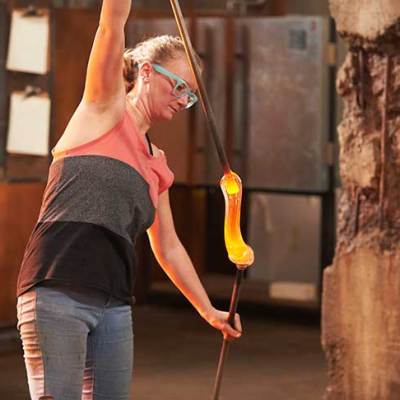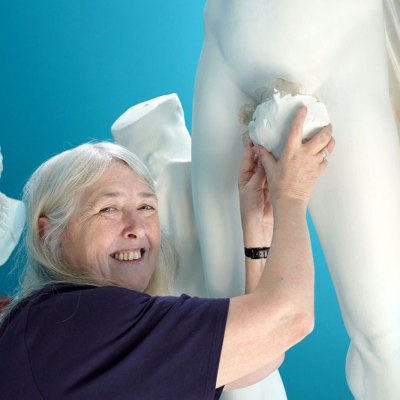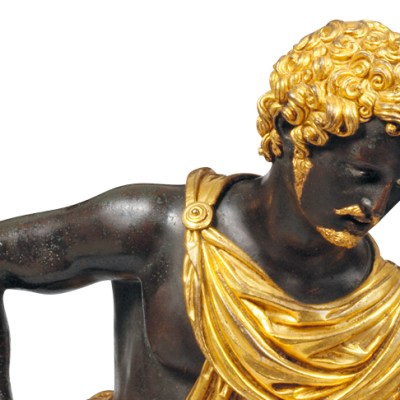Introducing Rakewell, Apollo’s wandering eye on the art world. Look out for regular posts taking a rakish perspective on art and museum stories
Rakewell has been keeping tabs on the Twitter account of Apollo editor Thomas Marks, who seems to have developed an unhealthy interest in the comedy-drama Lovejoy and its roguish depiction of the antiques world of East Anglia during the mid 1980s and early ’90s. Marks is ostensibly watching the entire boxset, all 3,776 minutes of it, on the lookout for the placement of copies of Apollo as incidental props – with some modest success.
The first sighting was in ‘The Italian Venus’, an episode in the second series that involves a very rum reproduction of a 16th-century bronze which is faked by the ‘divvy’ dealer Lovejoy and his chums to scam a tight-fisted country house owner. Apollo appears on the desk of a rather grand dealer in objets d’art, Gervais Rackham, who has had his arm twisted into giving a bogus authentication on the bronze.
Lovejoy (Ian McShane) with a copy of Apollo within reach
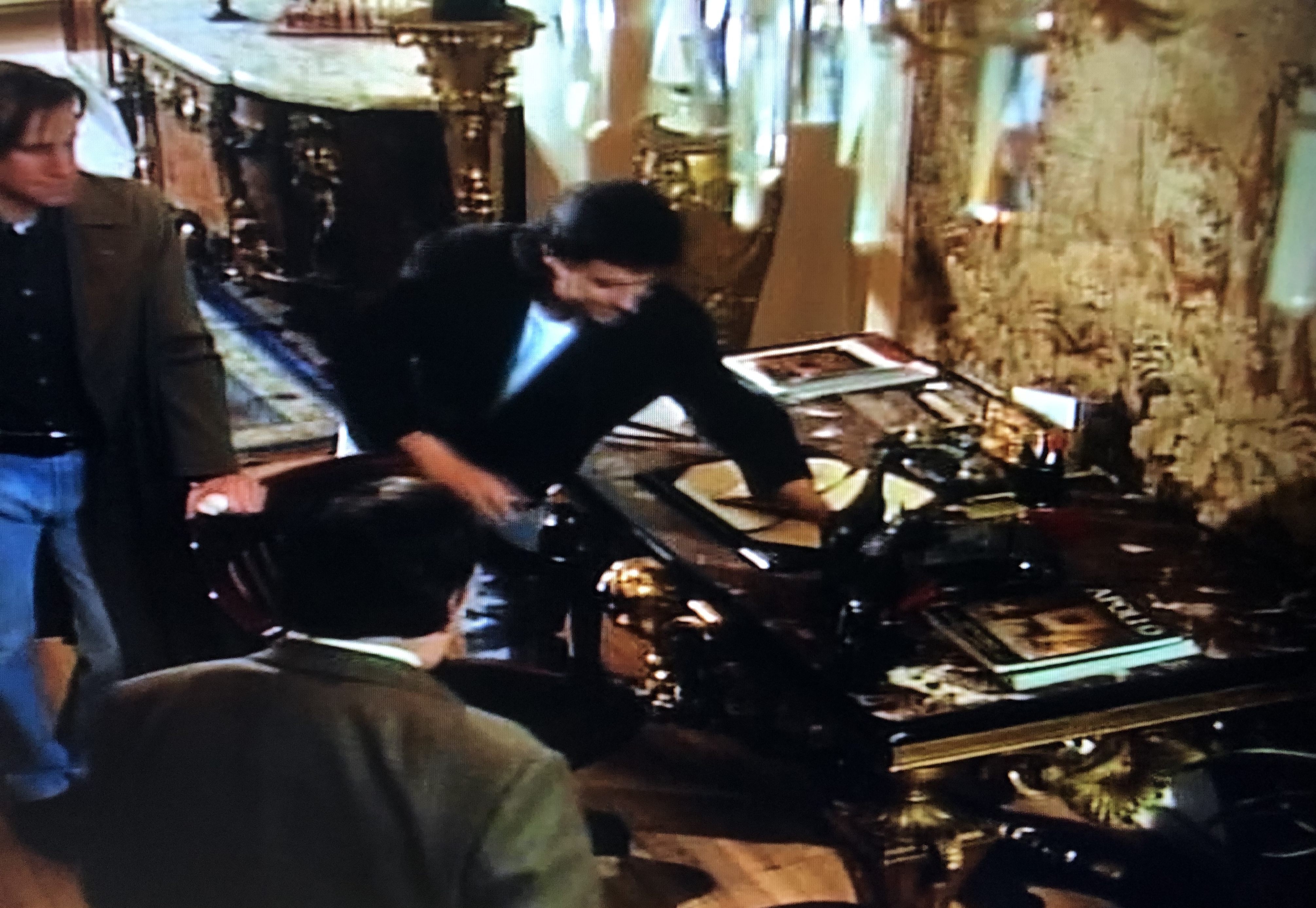
Later in the series, in ‘Who Dares, Sings’, another copy of Apollo (probably): the masthead from an issue from the era of Denys Sutton, who edited the magazine from 1962–87. Visible is the POL of APOLLO: yes, it could be a box of polish or Pol Roger, given that the scene involves Tinker (Lovejoy’s dipsomaniac ‘barker’) and a faintly crooked silversmith-cum-dealer swilling fizz in the latter’s workshop. But your correspondent likes to think it’s Apollo. Coincidentally, no doubt, the episode was first broadcast less than a fortnight after Denys Sutton’s death in 1991.
Tinker (Dudley Sutton) does the honours in view of Apollo (probably)
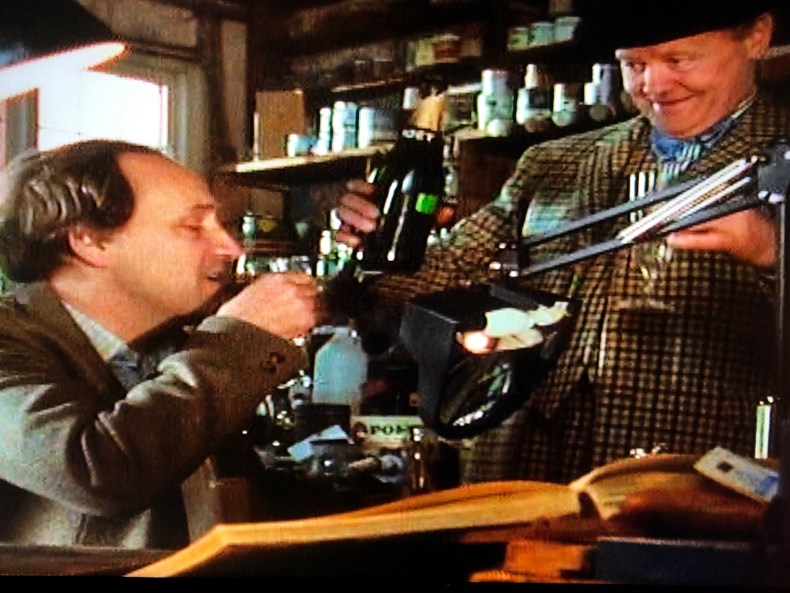

Why on earth, wonders Rakewell, is it only dodgy dealers who have Apollo subscriptions in Lovejoy? One of the joys of fiction, no doubt.
Got a story for Rakewell? Get in touch at rakewell@apollomag.com or via @Rakewelltweets.


